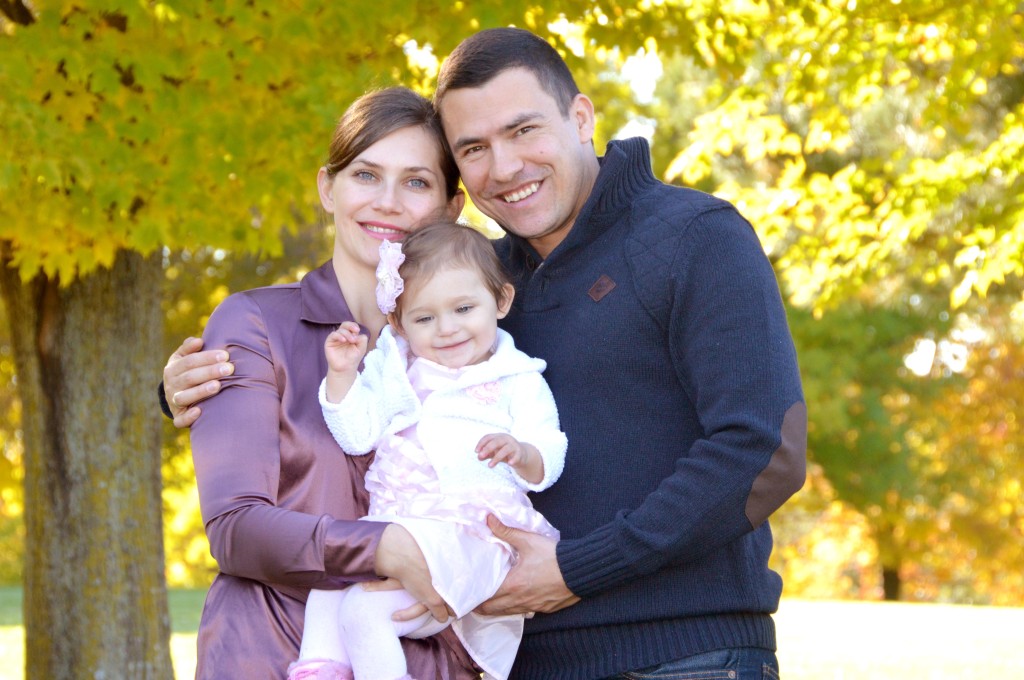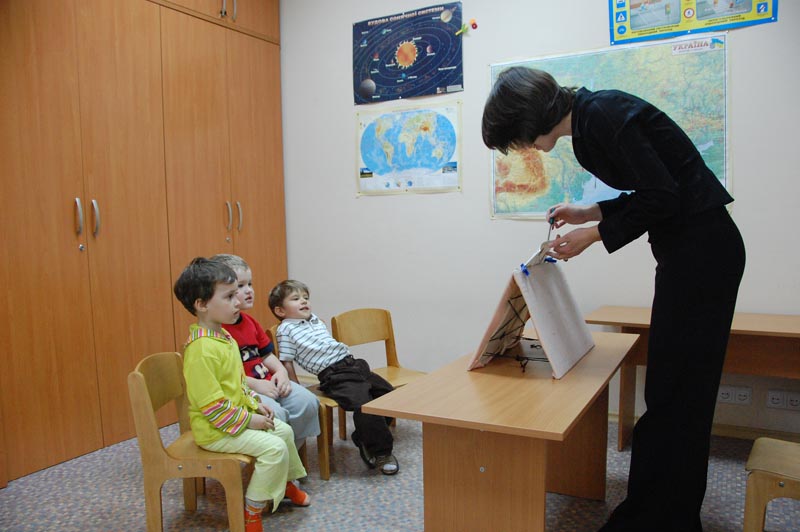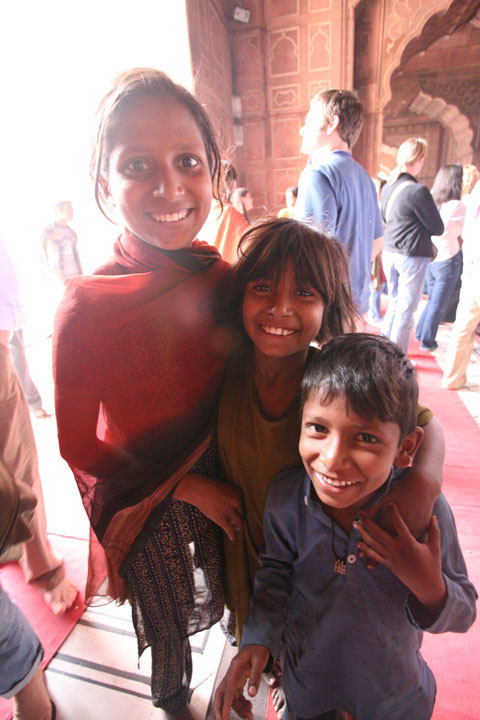The key to raising a child bilingual is to have a system.

Kids are like water, they flow naturally to the path of least resistance.
That one point can’t be overstated. Having a method and sticking to it is important for both you child’s development and your own sanity.
Just like any other skill, languages develop best when they are practiced regularly and methodically.
There are several widely-used systems for bilingual parenting. We’ll look at all of them here, as well as at some of the ways these can combine or be modified to create new systems.
But if you only take away one point, make sure it’s this: you need to have a system and stick to it.
Without one, bilingual parenting rapidly turns into plain old parenting with some extra vocabulary thrown in here and there.
Elements of a Bilingual Raising System
A system for raising a child bilingual sets up a structure for three things:
- Who speaks which languages,
- When specific languages are spoken, and
- Which languages the child is expected to use
Children on their own will simply go with whatever’s easiest. Like water, they flow naturally to the path of least resistance. The function of a system is to make it easy for a child to understand which language is needed to get what he or she wants.
Below, we describe the four main types of system used by parents raising their children bilingual.
1. One Parent, One Language
This is probably the most popular system today, at least among parents who are choosing to raise a child bilingually as a structured, academic decision. It does sometimes arise out of necessity as well, but less frequently than the other systems discussed below.
Basically, “One Parent, One Language” (which is sometimes abbreviated 1P1L) means just that — one of the child’s parents speaks one language, and the other speaks a different language.
The “parents” in question do not necessarily have to be birth parents, nor does the system only work with two primary caregivers. A husband and wife who both speak a majority language, living with a grandmother and grandfather who only speak a minority language, is functionally a 1P1L household, so long as the child is interacting with his/her grandparents as much as the parents.

Grandma also can be a “parent” in “One Parent, One Language” system.
In theory, the language barrier should be absolute. Parents should not only speak exclusively in their “assigned” language; they should also only respond to it. Obviously, no parent is going to ignore a serious cry for help or anything of that nature simply because it’s in the wrong language, but for the most part the child needs to learn that speaking both languages is the only way to reliably get what he or she wants.
The big advantage of this system is that it happens naturally in the home. There’s no scheduling or lesson plan to speak to. For the child, it’s a sink-or-swim environment in which learning both languages is essential.
However, 1P1L can falter if the child has unequal exposure to the different languages. In the case of a child with a stay-at-home mother and a father who works long hours outside the home, for example, the child will have much less practice at home with the father’s language. This can work out if the father speaks the majority language, which the child will be exposed to in public and at school, but is likely to result in slow progress if the father is the child’s only exposure to a minority language.
On the other hand, an older child who has started attending school has much less exposure to any stay-at-home parents or caretakers. He or she will be primarily immersed in the majority language, which means that additional methods of introducing the minority language will be needed to reinforce the habit of using both.
2. Minority Language at Home
This second system is a natural default for immigrant families where both parents speak a minority language.
In its simplest version, Minority Language at Home (MLH) means that everyone speaks the same language at home, and that it is not the dominant language in the surrounding community.
How much the household members speak other languages outside the home often depends on their own abilities. In a lot of immigrant families, children quickly become more fluent in the majority language than their parents. Bilingual parents, on the other hand, can switch back and forth, dealing with people in the community in one language and their children in another.
Studies have shown that this has the best long-term retention rate. Children who are raised with a minority language at home are up to 20% more likely to be bilingual as adults, rather than losing the skill along the way. However, the system alone is probably not the reason for that statistic — many MLH households are in a position where bilingualism is a vital life skill, while other systems are often used by families where bilingual raising is a luxury rather than a necessity.

Minority Language at Home system it’s when everyone in the household speaks heritage language.
The chief concern in these households is often that the child will not learn the majority language quickly enough, but all the existing data points the other way. Children in a largely monolingual culture will absorb that language at a healthy rate even if their households speak a different language. As long as they begin their exposure to the majority language soon enough (preschool and kindergarten, etc.), there’s no disadvantage to a Minority Language at Home system.
3. Time and Place
The previous two systems, as you may have noticed, are immersive. They rely on situations where one language or the other is necessary — in the case of 1P1L it’s to speak to one parent or the other, while in MLH it’s the difference between communicating at home versus communicating in the outside world.
A “Time and Place” system uses fixed scheduling, rather than practical necessity, to encourage use of both languages. In this model, the household has a set time or space where one language is always required.
This can be anything from a morning/afternoon switch to a few days out of the week being set aside for a minority language.
Time and place systems are not ideally suited to young children or busy households. A child who hasn’t learned to tell time yet may not understand why his or her language needs suddenly shift at what seem, to the child, to be completely arbitrary points.
Older children, on the other hand, tend to add activities to their lives, which can disrupt previously-established schedules. It’s easy for most of your scheduled minority language time to get eaten up by school, athletics, and extracurriculars, at which point the child isn’t getting the exposure he or she needs to stay fluent.

“Time and Place” system can effectively be used in schools.
Where the “time and place” method has proved effective is in schools. Several schools have experimented with bilingual curricula, where some classes are held entirely in one language and others entirely in a different language.
Because schools are already a heavily scheduled and structured environment, and because children expect to have to meet otherwise-arbitrary requirements to do well in school, the system is much more natural to them in that setting.
Time and place restrictions can serve as a useful addition to other systems, but as the primary system for a household they can be challenging. That said, bilingual school curricula have been shown to perform well so far, and a combination of the two, if available, is likely to be quite effective.
4. Mixed Language Policy

India has hundreds of active languages in use. Children are often immersed in multilingual environment from the birth.
A mixed language policy involves using two languages interchangeably. Rather than having one language under one set of circumstances, such as “when talking to Mom” or “at school,” and another language in other circumstances, a mixed language policy uses both languages in all circumstances.
This is most commonly seen in communities that are broadly bilingual. Integrated immigrant neighborhoods often mix multiple languages, switching from one to the other depending on the listener and the context.
Mixed language households are most common when there is a large family with many different levels of bilingualism. This leads to hodgepodge of usage where everyone slips back and forth as needed to communicate.
The advantage of a mixed language system is that it requires very little planning or oversight, so long as there are enough people speaking both languages. It also helps accustom children to the idea of bilingual or multilingual cultures, where everyone speaks multiple languages, which there is sometimes little exposure to in the United States and other heavily monolingual countries.
The main disadvantage is that, because there is no strict oversight, it can be easy for children to start favoring one language over the other, especially if it is effective with more people. There’s also a tendency toward mixed usage that can lead toward invented words and slang — think “Spanglish” in North America.
Adapting Systems
While these four are the primary systems for raising a bilingual children, they can all be adapted and modified. Most bilingual households take elements from all of these.
The key with any system is to make sure that both languages are getting regular use. In a monolingual culture, where the child is largely using one language at school and in public, the at-home system should rely more heavily on the minority language.
The best systems consistently put children in what’s called a “forced monolingual” situation, where they have to use one of the languages they’re learning (and not the other) to get what they want. Remember the path of least resistance — if being bilingual is the easiest way to express their desires, children fall into it quite naturally.
And once more, if you don’t take anything else from this article, have a system. Letting things happen naturally is a good way to let one language become the dominant, and then eventually the only, language that your child uses.
